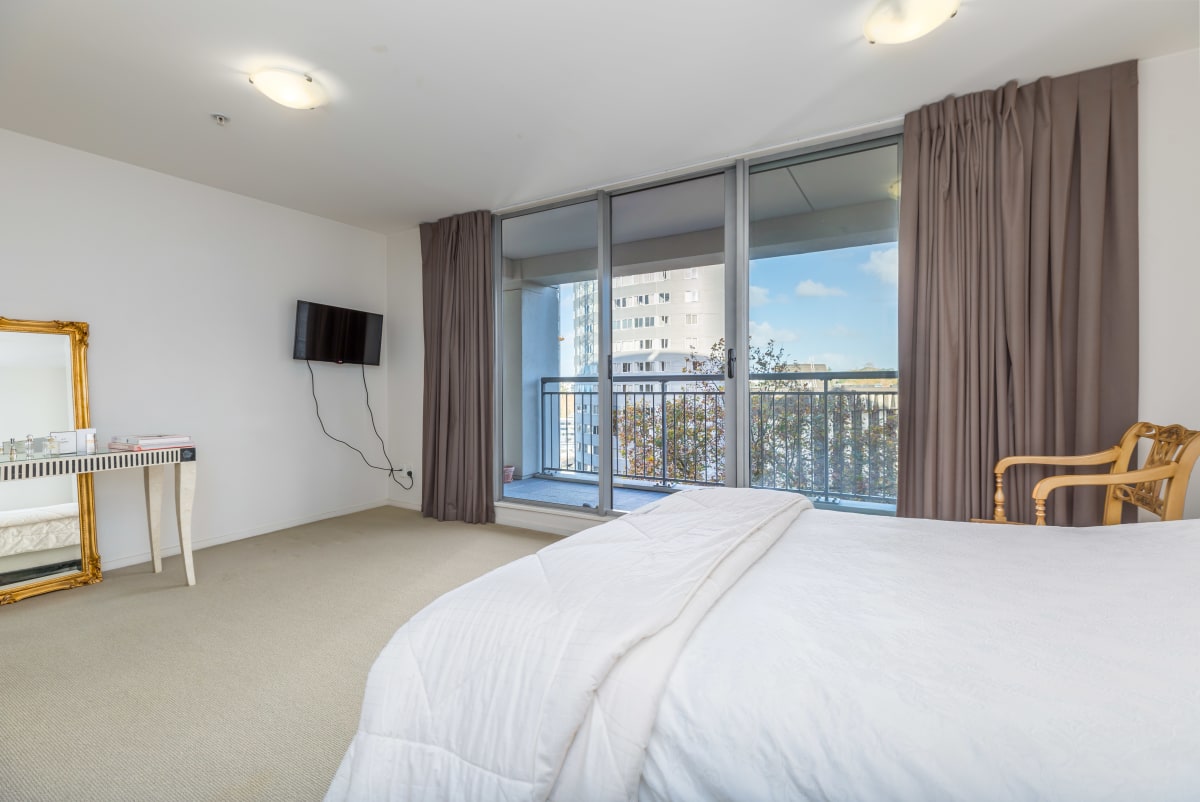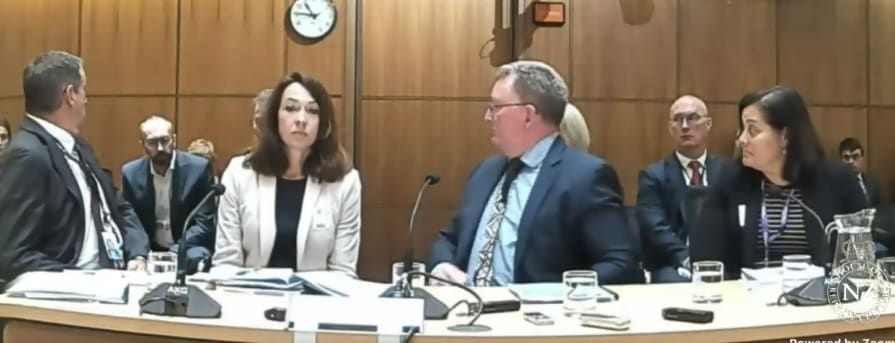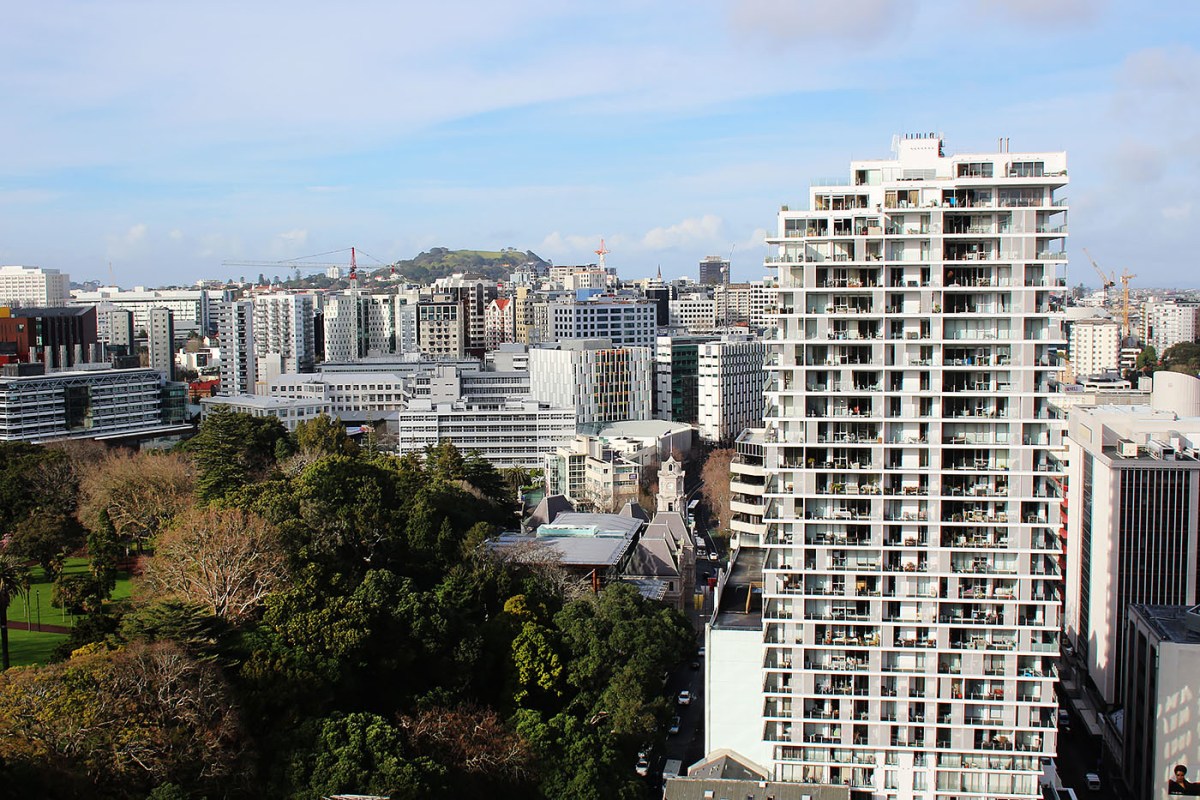Katy* was excited about owning her own place – a small apartment in the Auckland suburb of Newmarket. Earlier this year she at last had enough money saved to pay a 20 percent deposit on a $400,000, 38 square metre, one-bedroom apartment in a 70-unit, 1960s block.
She’d lived in the place for a while, knew it was structurally sound, and was stoked at the chance to own it – to get on the property ladder at last, in her 30s.
And then she went to her bank.
Sorry, an ANZ rep told her. It’s too small. You have to have a 50 percent deposit for a mortgage on anything under 45 square metres – if you want to use the apartment as security for the loan.
Why? asked Katy.
Small flats are risky, said ANZ.
My one isn’t, said Katy. And I have a stable job in a good company. I can’t afford to buy with a 50 percent deposit, but I can with 20 percent. I can give you all the documents you need.
Sorry, that’s the rule. Anything under 45 sqm: 50 percent deposit.
Dream big, Katy. At least, bigger than 50 square metres.

So Katy tried another bank, ASB. She contacted a mobile lending manager.
This time she got it in writing.
“We can lend up to 80 percent on an apartment, but in order to use the apartment as security it does need to be greater than 40 sqms in size,” the lending manager wrote.
Why, asked Katy.
Lending requirements.
“My parents are happy to guarantee the loan.”
“Unfortunately for an apartment loan we have a minimum size requirement which is 40 sqms.”
Conversation over.
Katy went back to the real estate agent. Is this normal? Katy asked.
Yup, he told her. Sucks, doesn’t it?
It does.
Thousands of apartments
Real estate agents Newsroom talked to said you can still buy a small apartment in Auckland for between $300,000 and $400,000. And there could be around 10,000 good quality small apartments in the city in this price range. At least double that if you include the more risky ones.
Remember the median house price in the city is more than $1 million.
Katy says banks’ 50 percent deposits for mortgages on small apartments feels like banks are punishing first home buyers, particularly people buying on their own, when these are the very people already being punished by the crazy high house prices.
“The only thing I can afford is a tiny apartment.”
It’s not just ANZ and ASB. When Katy asked her real estate agent what she should do, she was told the banks all have similar restrictions.
BNZ, for example, told Newsroom it requires a 35 percent deposit for anything less than 50sqm.
ANZ said the policy says the deposit requirement moves from 20 percent to 50 percent if the place is under 45sqm for a one-bedroom apartment, 55sqm for a 2-bed, or 65sqm for a 3-bed.
But why?
“We are taking on more risk because the market for this kind of property is smaller and demand is more variable, as they are simply not as popular with the public as larger standalone houses,” BNZ’s Sam Durbin told Newsroom.
Could it be they are not as popular because the people that are most likely to want to buy (read: live in) these small properties are locked out because of the deposit restrictions, Newsroom wondered?
Just a thought.
“The smaller the property, the higher potential it has for being less desirable, which means that the liquidity and resale value could be negatively impacted,” ANZ’s Kristy Martin told Newsroom.
“Our lenders must take into consideration the ability for the property to maintain its value and increase over time, as well as building defects and the quality of the body corporate and tenure of the apartment as leasehold tenure attracts ground rent.
Martin says the minimum size requirements are bank policy. “Anything under these levels would be considered non-standard and would require a 50 percent deposit.”
Martin says there is “the potential to have exceptions” – a hint at some flexibility. Perhaps the bank takes into account an individual apartment, checks out whether it’s leaky or sound, for example, or whether the body corporate is proactive.
ASB’s executive general manager for Retail Banking Craig Sims says something similar. “Each customer’s situation is different and the range and style of apartments varies widely so each application is considered on a case-by-case basis.”
That’s not what Katy found. Not in her phone dealings with ANZ, nor in her emails with ASB. She found staff applying a blanket policy; no one was looking at her specific situation or the details of her apartment.
“Are there no circumstances whatsoever that could change your decision?” Katy asked the ASB mobile lending manager.
“The Bank’s Lending criteria is that for an apartment to be acceptable for security the minimum size is 40 sqms i.e. the apartment size needs to be greater than 40 sqms,” the mobile lending manager told her.
That doesn’t sound like flexibility.
A waste of time
Scott Dunn is a licensed real estate broker with City Sales, which specialises in the Auckland apartment market.
He says the firm has stopped even showing small apartments to first home buyers unless they have a 50 percent deposit. “It’s a waste of time – we know the banks will never approve it,” he told Newsroom.
“They see the smaller ones as higher risk.”
But that rule is way too simplistic, he says.
“Being risky doesn’t depend on size” – Scott Dunn, City Sales
Sure, there have been some apartment block disasters which have stung owners – leaky buildings mostly. But that’s not just small apartments. And there are also some great apartments – ones that were always sound, or which have been extensively remediated.
Dunn names city blocks where he would happily sell an apartment to a first home buyer. The Statesman on Parliament St, for example, where studio apartments start at 29sqm and $380,000. He lived there himself as a tenant for six year, knows it is good value.

“Or there’s Urba on Howe St, or C-Vu on 36 Day St. That had major remedial issues, but it’s been fixed up. There are quite a few small apartments in there.”
“Being risky doesn’t depend on size,” Dunn says.

Newsroom asked the four big banks for any data, research or statistics substantiating their conclusions that small apartments or homes were more risky in terms of mortgage default than larger ones.
None of them provided a scrap of evidence.
A step on the ladder
“You don’t want to live in a 30 square metre studio for ever, but it’s a first step,” Dunn says. Then you have a bit of equity and you will be in a position to move.”
I ask him how many small apartments might be available in Auckland for first home buyers if the banks would lend on a 20 percent deposit.
“It would be in the thousands.”
Andrew Murray, chief executive of Apartment Specialists, agrees. He reckons there would be 10,000 decent apartments under 50 sqm in Auckland that would be suitable for first home buyers, but are priced out of their range by the banks’ size rules.
His company gets lots of interest from young professionals, he says, even sometimes from couples with a young baby. They are happy to live in a small place if it means paying less than $400,000, he says.
But in the vast majority of cases banks won’t lend.
“We have trained our agents to say ‘Have you checked your finance, you do realise you need a 50 percent deposit?’”

It’s just bonkers, Murray says.
“As a country, we are trying to encourage first home buyers – the Government is saying it, the Reserve Bank. And the easiest thing for them to get into is apartments, because they are smaller and cheaper.
“It’s completely unfair.”
Banks may say the high deposit rule is about protecting customers, Murray says; actually he reckons it’s as much about making as much money as they can.
“It needs to be changed. I don’t know why no one is addressing this.” – Andrew Murray, Apartment Specialists
Banks would rather lend on houses, because it’s easier – there mostly aren’t complicated titles, lease arrangements and issues with body corporates, meaning it’s less effort to check out a house.
Meanwhile, banks can make more money out of a larger mortgage than a smaller one and there is potentially less risk with someone with a higher income than someone with a lower one.
“The Government and the Reserve Bank are saying we need to get first home buyers into housing. They are saying the solution is apartments.
“But the banks are making it hard to buy an apartment, and no one is saying to the banks ‘You shouldn’t do this; you are putting profit before everything’.”
“It needs to be changed. I don’t know why no one is addressing this.”
What is to be done?
Newsroom wondered if anyone was looking at it. We contacted Government departments, including the Ministry of Housing and Urban Development, Kāinga Ora, and Treasury. We contacted the Reserve Bank, the Banking Ombudsman, and the NZ Bankers’ Association.
“Is this on the your radar?” we asked. And if so, what’s happening about it?
We were mostly met with silence.
And then this. A pointer to a 21-second exchange last month between Greens MP Chlöe Swarbrick and the two most senior leaders of the Reserve Bank, Governor Adrian Orr and his deputy Geoff Bascand at a Finance and Expenditure Committee hearing last month.
More than an hour and a half through a two-hour discussion, Swarbrick asks a 10-second question:
“Particularly for first-home buyers, one of the major opportunities presented to get into the market is apartments, but a number of banks refuse to lend when it comes to apartments smaller than 50 square metres. Is there any work being undertaken on that or changes to it?”
The two bankers look surprised, turn round to consult colleagues behind them and come back with a response.

“Not that I’m aware of specifically, no,” Bascand says.
“Perhaps there could be,” Swarbrick says.
And the discussion moves to another topic.
“I asked the question because it’s a barrier that I know many constituents as well as friends and family have faced in their journey into home ownership,” Swarbrick tells Newsroom.
“It would appear the broad rationale for the arbitrary 50 square metre rule is the living legacy of a domestic economy geared towards buying and selling houses from each other; a hangover from the infamous ‘norm’ of only a few short years ago, that quarter-acre section.”
Swarbrick calls the banks’ rule “an unfit historical hangover” preventing younger people being able to buy a home, but also discriminating against apartment living, with the advantages that has for the environment and for creating thriving inner city communities.
“One size does not fit all, and I’ll keep working to uncover and fix not only this daft rule that’s locking many out of apartment ownership, but the fiscal policy – and perhaps more precisely, lack thereof – producing a housing crisis across the board.”
Bring it on, says Katy.
“It just seems stupid considering how the market is right now – of course people are going to try to buy smaller, cheaper apartments in high-density buildings. But banks won’t lend more than 50 percent. It’s such a sh*t deal.”
*Not her real name
Have you been turned down for a mortgage on a small apartment? Let us know what happened. Nikki.mandow@newsroom.co.nz



